The #2 of the Top 5 Email Frustrations is . . .
Following up on last week's post which explained that the #1 frustration with email is 'getting no response', this week we take look at the next greatest problem, as identified by 2695 survey participants since March 2006.
As you can see from the attached graph, “People trying to resolve complex issues via e-mail” is the #2 of the most common e-mail problems and frustrations.
This correlates with another question in the eProductivity Benchmarking Audit which shows that a surprisingly high 30% of messages received would actually be better communicated verbally (face-to-face or on phone) – that’s nearly one in three!
So why is this happening?
You see, it takes more time, effort and thinking to respond to an email than it does to create it! The key is to remember that most people receive email as an interruption or distraction to something else they’re already focused on. As a result;
they don’t have time to read long and complex messages
they will only glance at the email to make a quick evaluation
they won’t be focused on it
You see, the inbox is not the appropriate place to get people’s attention for complex issues. When they are in the inbox, their thinking is broad and shallow whereas complexity demands narrow focus with much depth. Your message is competing with dozens of other messages and people will most often be looking for the ones they can most quickly and easily handle.
Here are a few ideas that might help you get attention for complex issues.
Ask yourself if this message is suitable for e-mail, or could I better communicate the information with a letter, phone call, or face-to-face meeting?
Let the reader know ‘up front’ that this is a long and/or complex issue and suggest they set aside time to deal with it
Use the inverted pyramid structure or BLUF (bottom line up front, as used by the American military) to explain the main point of your message in the first sentence.
Use headings and paragraphs to separate thoughts
Make use of white space to visually separate paragraphs into separate blocks of text
Bullet point important details so that they are easy to pick out
Use boldface type or capital letters to highlight critical information
If including attachments, refer to specific sections that will be of interest to the reader, to provide an incentive to open the attachment
Given that email now makes up more than 80% of business communication, it's more important than ever to ensure you and your people are upskilled in this area. That's why I developed the 7 Ways to Write More Effective E-mail program. This program shows 7 ways (in fact, I recently added an 8th way) to construct e-mails so that you're much more likely to get what you want from every message you send.
Let me know if you would like to discuss booking this or one of the other e-Mastery programs for your team in 2018.
